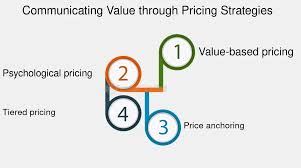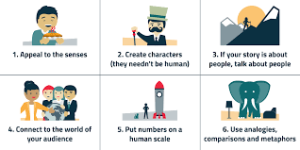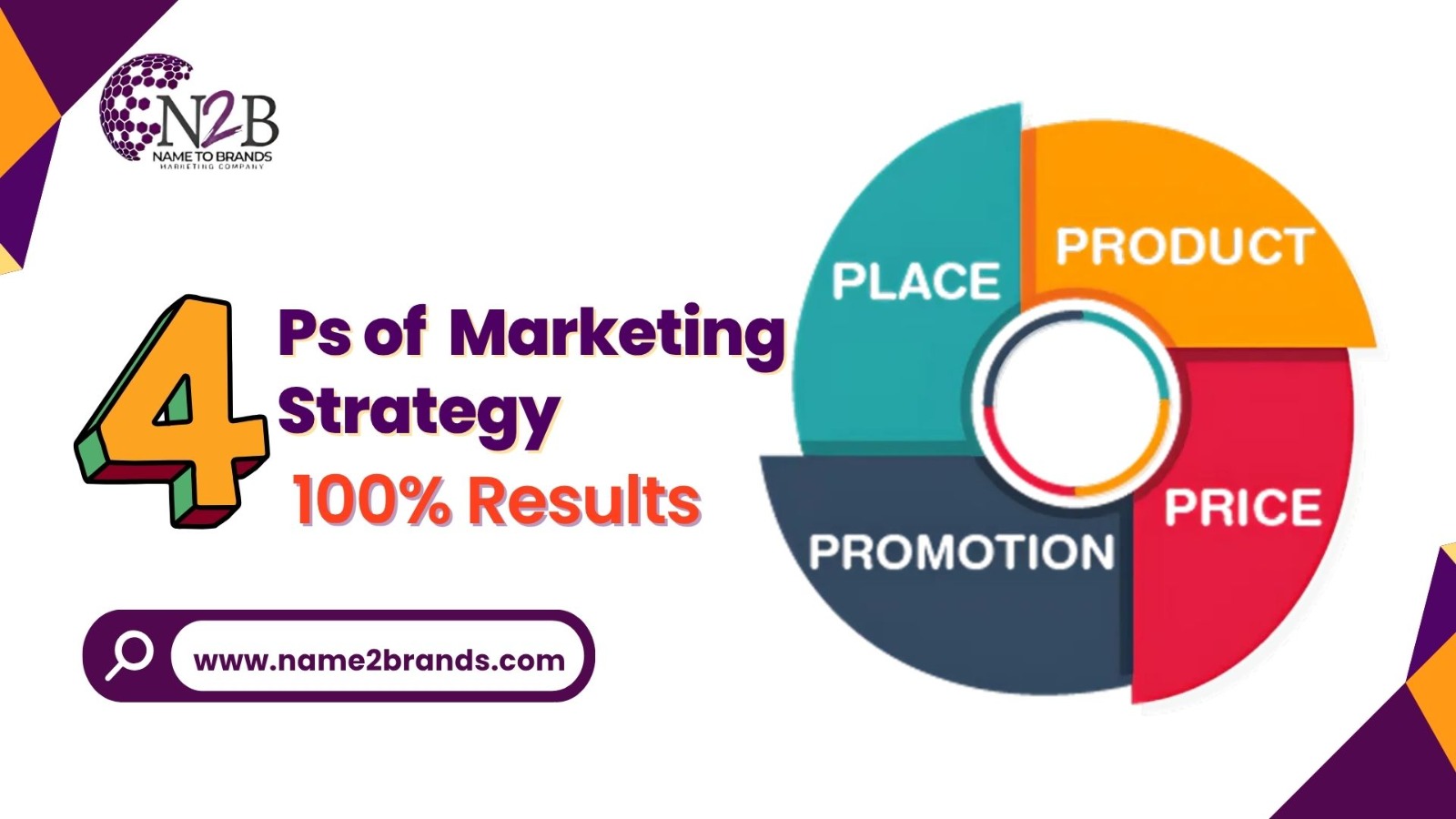If you’re marketing something without a clear strategy, then maybe your business doesn’t need marketing at all.
Because marketing isn’t just about promotion or visibility, it’s about telling a story, expressing emotions, and offering value that your customers truly need.
Too often, brands forget that marketing isn’t only about them, it’s about the people they’re trying to serve. Acc. to 4 Ps of Marketing Strategy, your customers don’t just want to know what you’re selling they want to feel it.
And when your strategy is misaligned, even the most amazing product can fall flat. But when you blend your purpose with a powerful framework, marketing becomes magical.
And today in this blog we are going to talk about the most famous result driven marketing strategy that is 4 Ps of Marketing Strategy.
What are 4 Ps of Marketing Strategy?
In the 4 Ps of marketing strategy, the “Ps” stand for Product, Price, Place, and Promotion. These concepts are more than just jargon; they are essential for building strong connections with customers.

Whether you are a startup, a growing brand, or an established enterprise, the 4 Ps of Marketing Strategy provide a structured yet flexible framework that helps ensure your marketing efforts are effective.
Let’s explore what each “P” in 4 Ps of Marketing Strategy represents and how we can strategically implement these elements within an overall 4 Ps of Marketing Strategy.
Here’s a breakdown of each “P”:
4 Ps of Marketing Strategy: Product
Your product is more than just a physical item or service it’s the solution to a problem. Understand what your customers truly need and design your product to meet those needs uniquely and meaningfully.
4 Ps of Marketing Strategy: Price
Price is more than numbers. It reflects perceived value. Is your product affordable or premium? Either way, your pricing must make sense to your target audience and match their expectations.
4 Ps of Marketing Strategy: Place
Where will your customers find your product? It could be online, in stores, through apps, or in pop-up shops. Meet them where they are, and you’ll make buying easier.
4 Ps of Marketing Strategy: Promotion
Promotion is how you tell your story. It could be through Instagram, email newsletters, influencer collaborations, or traditional ads. Use platforms that your audience trusts and spends time on.
Ways to use 4 Ps of marketing strategy for 100% results
1. Build What People Truly Need and Differentiate It
At the heart of every successful 4 Ps of Marketing Strategy is a product that not only meets a need but does so better than any alternative. It’s not just about what you sell, but why it matters to your customer.

Whether it’s a physical item, service, or digital solution, your product should deliver clear value and that starts with deeply understanding your audience.
Always keep in mind,
What problem does it solve? How is it different from what’s already available? A well-positioned product starts with customer insights, moves through concept validation (like testing an MVP), and continues evolving through feedback. Use tools like the Product Life Cycle to determine whether you’re in launch, growth, or maturity phase, and adjust your messaging and features accordingly. A clear Unique Selling Proposition (USP) and a well-crafted value proposition ensure your product stands out in a crowded market.
2. Communicate Value Through Strategic Pricing
Pricing in 4 Ps of Marketing Strategy isn’t just a financial decision it’s a strategic signal to your customer. It influences how your product is perceived and determines how accessible it is to your target market.

Two powerful pricing models are:
- Penetration Pricing: Where you set a low price to enter the market quickly and attract volume
- Price Skimming: Which involves starting high and gradually lowering prices as demand settles or competition increases.
These tactics can shape brand perception, market entry success, and profit margins. You also need to consider cost-based, value-based, or competitive pricing depending on your business model. Acc. to 4 Ps of Marketing Strategy think about price elasticity how sensitive your customers are to price changes and use psychological pricing strategies (like $99 instead of $100) to drive decisions. Ultimately, your price must reflect the value you’re delivering, align with your positioning, and support long-term profitability.
3. Choose Smart Distribution Channels That Meet Customers Where They Are
In 4 Ps of Marketing Strategy “Place” is all about how your product gets into the hands of your customer and doing this efficiently, conveniently, and strategically can make or break a sale.
Distribution isn’t just logistics; it’s a core part of your brand experience. You can opt for direct distribution (like your website or physical store) where you maintain full control, or indirect distribution (through retailers, wholesalers, or online marketplaces) to scale reach quickly.

For broader visibility, intensive distribution places your product in as many outlets as possible ideal for everyday goods.
For premium items, exclusive or selective distribution helps maintain brand positioning and control.
In e-commerce, consider factors like last-mile delivery, platform usability, and inventory management systems to ensure smooth operations. The goal is simple, meet your customers where they already shop, and make buying as seamless as possible.
4. Tell the Right Story to the Right Audience at the Right Time
Promotion in 4 Ps of Marketing Strategy is where your product’s story comes to life it’s how you attract attention, generate interest, and persuade people to take action.
But modern promotion is far more than advertising. It’s a mix of paid, owned, and earned media that needs to work together to drive results. Whether you’re using content marketing, social ads, influencer partnerships, or email campaigns, the message must be clear, consistent, and targeted.

Models like AIDA (Attention, Interest, Desire, Action) help shape persuasive messaging, while tools like customer segmentation and buyer personas ensure you’re talking to the right people. Tracking tools like Google Analytics help you measure performance and adjust campaigns in real-time.
Great promotion doesn’t just create noise it creates connection. When done right, it turns interest into trust and trust into action.
Conclusion;
Marketing isn’t a one-size-fits-all solution; it’s a journey of understanding your audience and communicating effectively. The 4 Ps of Marketing Strategy provide a roadmap, but your approach is key.
To achieve the best results, remember to:
– Start with empathy.
– Support it with strategy.
– Communicate purposefully.
– Track, learn, and evolve.
Marketing is now about connecting, serving, and growing, not just selling.

